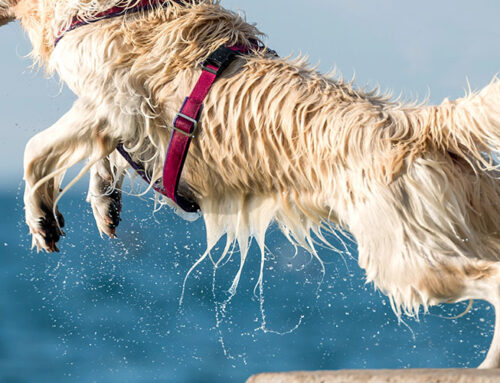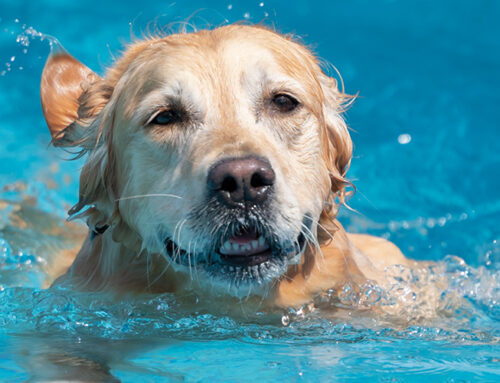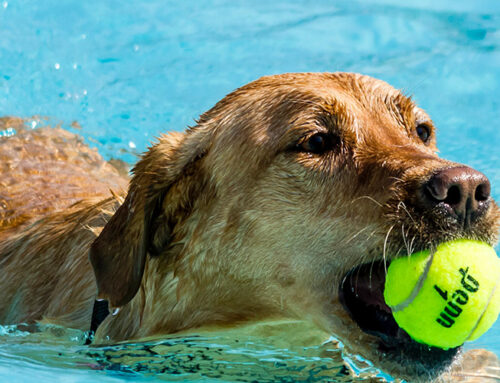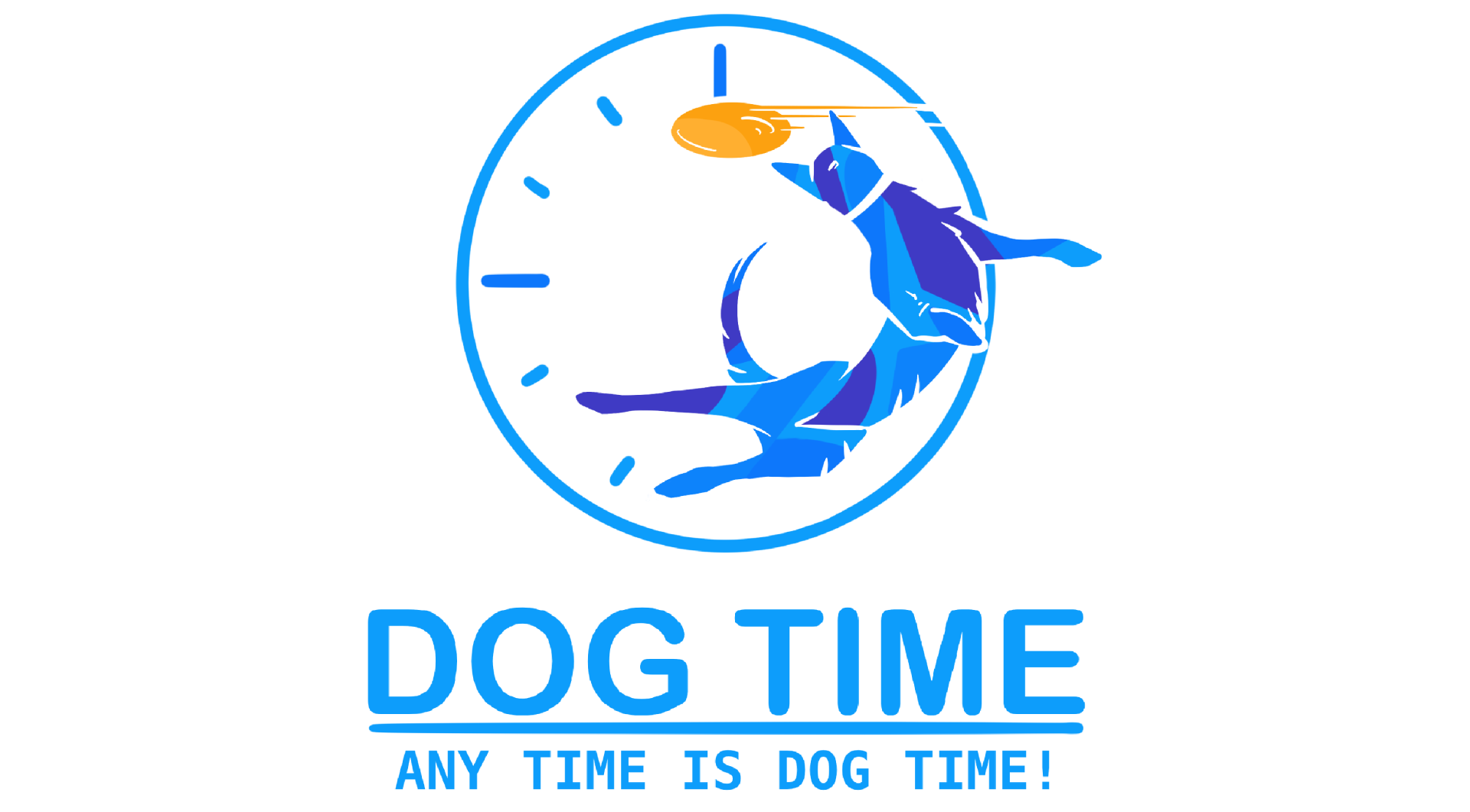Is your dog recovering from an injury, surgery, or just having a hard time getting around? Hydrotherapy might be just what they need to bounce back, both physically and mentally. This water-based therapy taps into the natural healing powers of warm water, offering a low-impact way to ease pain, improve mobility, and rebuild strength.
Because water supports your dog’s weight, it reduces strain on joints and muscles while still providing enough resistance to help them work those key muscle groups. Whether your pup is limping, stiff, or just not moving like they used to, hydrotherapy offers a gentle, effective route to healing—and a happier, more active life.
What Makes Hydrotherapy So Beneficial?
Hydrotherapy isn’t just about splashing around—it’s a science-backed method that offers real results. One of its biggest perks? It relieves joint pain and improves flexibility. Since the water takes pressure off their body, dogs can move more freely and with less discomfort. This is especially great for seniors or dogs with arthritis who may struggle with everyday activities.
But that’s not all. Hydrotherapy is also fantastic for fitness. Swimming or walking in water burns calories and builds muscle without putting extra pressure on sore joints. For overweight dogs or those needing a boost in strength and stamina, it’s a smart and safe way to get in shape.
Let’s not forget the mental side. The calming effect of warm water can help reduce stress and anxiety, which is common in dogs dealing with injuries or chronic conditions. A relaxed dog is a happier dog—and often one that heals more quickly.
Types of Hydrotherapy for Dogs
There are a couple of popular hydrotherapy methods your dog might try, depending on their needs:
Underwater Treadmills
These machines allow for guided movement in a controlled setting. Your dog can walk at their own pace while the water supports their weight, making it easier to move and build muscle safely.
Swimming Sessions
Swimming gives dogs full-body exercise while letting them move freely. It improves endurance and cardiovascular health and provides a fun, refreshing way to burn energy and stay fit.
Each session is customized to fit your dog’s condition and recovery goals. Whether it’s structured treadmill work or a splashy swim, both options are designed to support healing and boost overall wellness.
You can often find dog trainers who have a dog swimming pool available. Many times, they will rent pool time for you and your dog, or even offer dog swimming lessons so your dog can work on their own hydrotherapy.
When Should You Consider Hydrotherapy for Your Dog?
If your dog has recently had surgery, is dealing with arthritis, or is showing signs of mobility issues—such as limping, stiffness, or hesitation when climbing stairs—hydrotherapy may be the right step forward.
Talk to your veterinarian first. They can help determine whether hydrotherapy is a good fit for your dog’s specific needs. Starting early can make a big difference in their recovery journey and prevent further complications down the road.
Incorporating hydrotherapy means giving your pup a way to move, strengthen, and heal without adding extra stress to their body. It’s a gentle but powerful option that can improve their quality of life dramatically.
How to Prepare Your Dog for Hydrotherapy
Getting your dog ready for hydrotherapy doesn’t have to be stressful. Start by consulting your vet or a canine rehab specialist to develop a personalized plan. This helps set realistic expectations and keeps track of progress over time.
Ease your pup into the water environment gradually. Let them explore at their own pace, offering encouragement with treats, praise, or toys. Positive reinforcement goes a long way in making hydrotherapy a positive experience.
Practice basic commands and make sure your dog is okay being handled, as this helps during sessions. It also helps to introduce them to the equipment, like life vests or the treadmill, before jumping into full sessions. Familiarity builds comfort.
Keep a close eye on how your dog is responding. If you notice any discomfort or stress, speak with your therapist or vet right away. Adjustments can be made to ensure every session is helpful and safe.
With a little preparation and patience, your dog will soon be reaping the benefits of hydrotherapy—and you’ll be cheering them on every step (or paddle) of the way.







